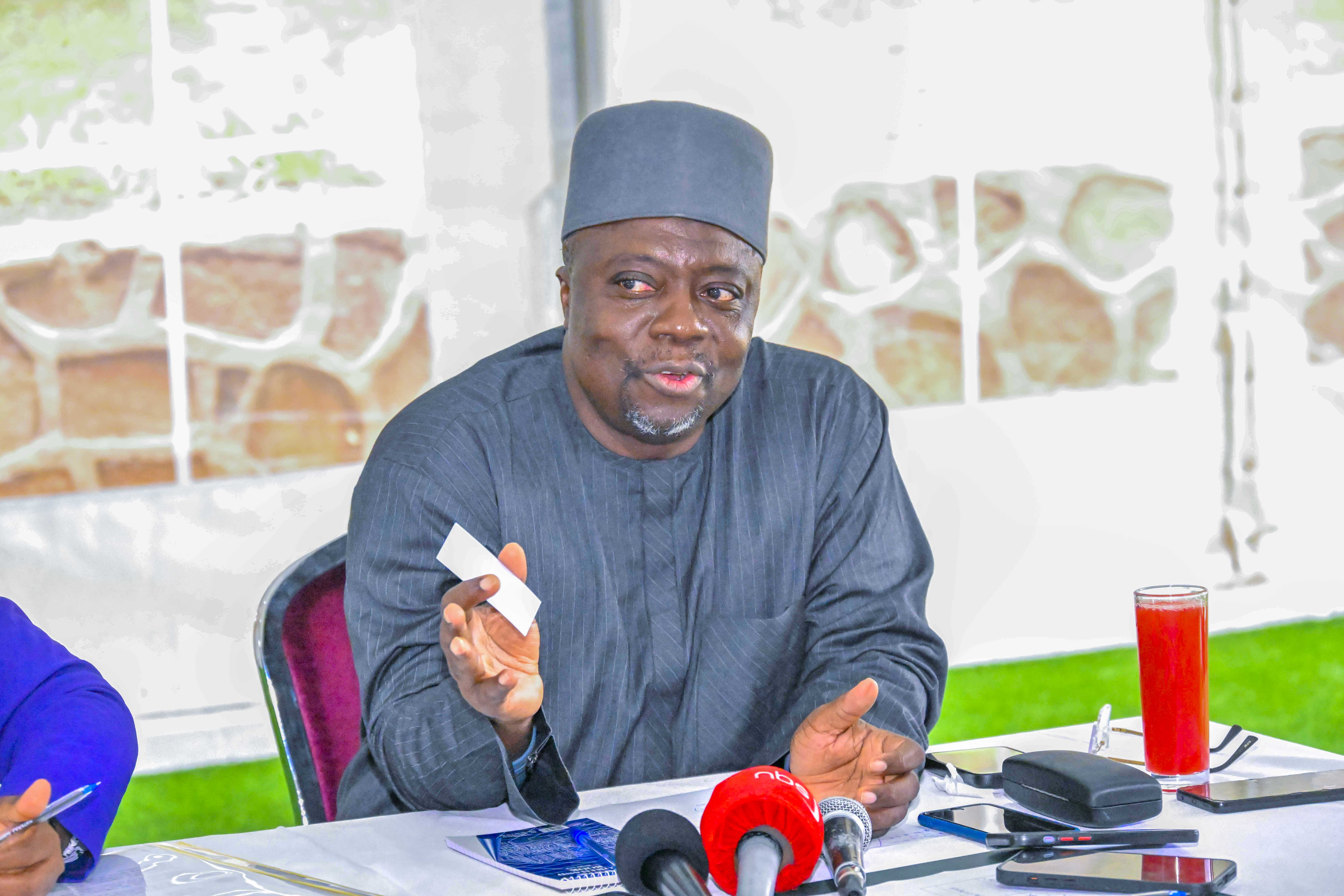By H.E. Yoweri Kaguta Museveni, President of the Republic of Uganda
In the journey of nation-building, the allocation of limited resources defines whether a country progresses steadily or remains trapped in cycles of underdevelopment. Uganda’s own history has taught us a critical truth: national success is built not by scattering resources thinly across all demands, but by focusing on the sectors that form the backbone of economic transformation.
Learning from Experience
When the National Resistance Army (NRA) and later the Uganda People’s Defence Forces (UPDF) took on the monumental task of rebuilding a broken nation, we had to make difficult choices. We could not afford to invest in every sector at once. Instead, we adopted a disciplined, step-by-step approach, first securing the essentials for national stability, and only then expanding to other priorities.
In those early years, we chose to direct our scarce resources toward the most pressing needs: strengthening security, building capacity, and laying down the infrastructure for future growth. This meant postponing certain comforts and resisting the temptation to meet every demand immediately.
Unfortunately, in later years, particularly after 1996, there was a shift within parts of government toward “doing everything at once.” Parliamentarians and public officials pressed for multiple competing projects, salary increases, and administrative expansions, often without a clear assessment of whether the nation could sustain them.
The Turning Point of 2005
By 2005, Uganda faced a development crisis. Our public investment budget relied heavily on donor support, which proved unpredictable when foreign partners withdrew from critical commitments. Projects such as the Kampala-Masaka and Kampala-Mityana road reconstructions, and a major power line in Northern Uganda, were suddenly left unfunded.
It became clear that our development model had to change. We could no longer depend on the goodwill of donors for the core elements of national progress. Uganda needed to mobilize and direct its own resources toward a focused development strategy.
Choosing the Pillars: Roads and Electricity
From that moment, I made a decisive policy shift: our budgetary priority would be roads and electricity the twin pillars of industrialization and modern living.
In 2008, we raised the roads budget to UGX 1.08 trillion and electricity to UGX 1.3 trillion. By 2017, these had grown to UGX 4.62 trillion and UGX 2.37 trillion respectively. In 2019, allocations rose further to UGX 6.4 trillion for roads and UGX 3 trillion for electricity.
This focus transformed the country. We overcame the nationwide power shortages that once crippled our economy. The national electricity grid now reaches all districts except Buvuma and Obongi. On the roads front, Uganda has built and rehabilitated hundreds of kilometres of strategic tarmac routes, including Kampala-Masaka, Soroti-Moroto, and Musita-Mayuge–Namayingo–Busia, among many others.
Addressing Emerging Challenges
While the results have been remarkable, recent underfunding in road maintenance is causing deterioration in some previously high-quality routes. The Ministry of Works estimates that UGX 3.21 trillion annually is needed to keep both tarmac and murram roads in excellent condition. I have directed that this gap be closed, ensuring that our investment in infrastructure remains sustainable.
In the near term, rehabilitation works will begin on major roads such as Mityana-Mubende–Kyenjojo, Ibanda-Mbarara, Ishaka–Mbarara, Mukono-Lugazi–Jinja, Kikoroongo-Mpondwe, Nebbi-Arua, and Ntungamo-Rukungiri. New construction will also start on routes including Jinja-Budondo–Mbulamuti–Kamuli and Bwizibweera–Nsiika-Nyakashaka-Nyakabirizi. These projects will be clearly outlined in the government’s manifesto.
The Lesson for Uganda’s Future
The central lesson from this journey is clear: effective governance demands disciplined prioritization. Attempting to create new districts, establish new cities, or raise salaries without first securing adequate funding for infrastructure, energy, security, and wealth creation is poor planning.
Our development path must follow the principle of strategic sequencing, tackling the most transformative sectors first, then building upon them. Roads and electricity are not simply projects; they are enablers of industrialization, job creation, and national competitiveness.
Uganda’s progress since 2005 is proof that focus works. By resisting the urge to “do everything at once” and instead committing resources to the foundations of growth, we have turned donor dependency into self-driven development. The next chapter of our journey will continue this approach, ensuring that every Ugandan benefits from a stronger, more connected, and more prosperous nation.






